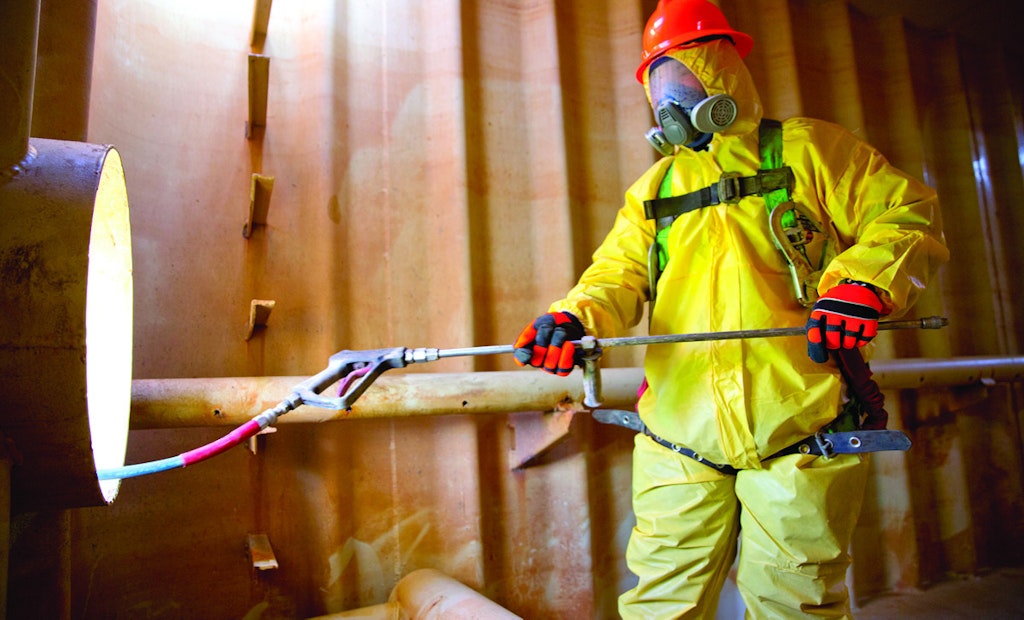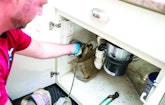
Industrial settings often involve extensive planning and compliance with strict environmental regulations to ensure the proper treatment and disposal of wastewater. Technicians should familiarize themselves with the specific regulations and requirements pertaining to their region.
As a service technician, having a thorough understanding of the different sewer system designs encountered in residential, commercial and industrial settings is crucial for providing effective and efficient service.
Each system has its unique requirements and complexities, and...







